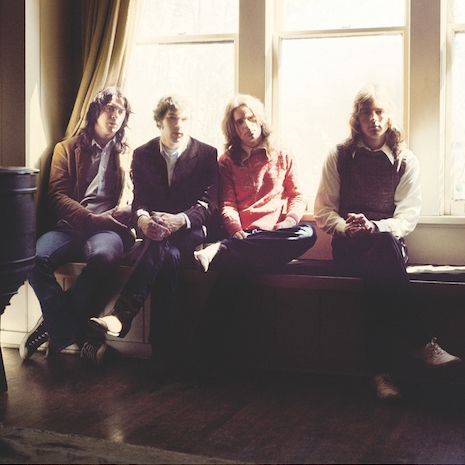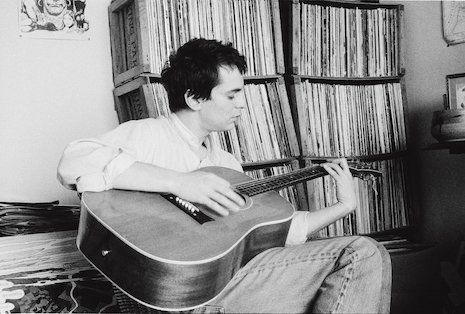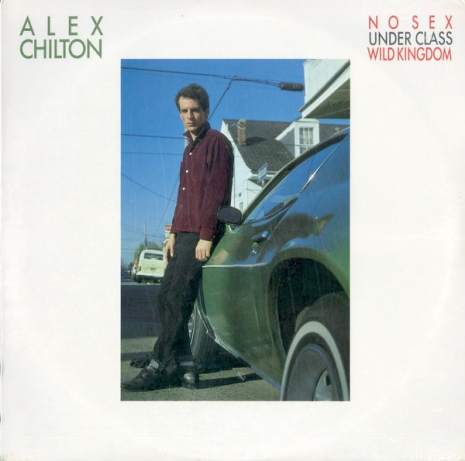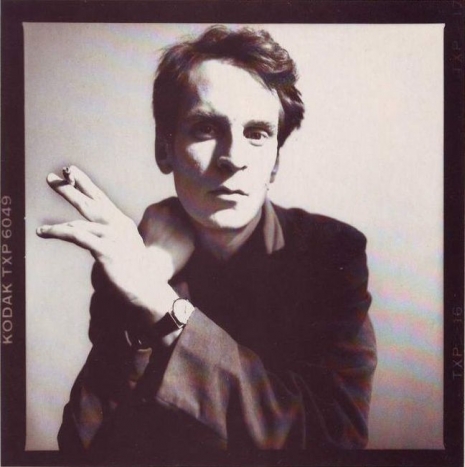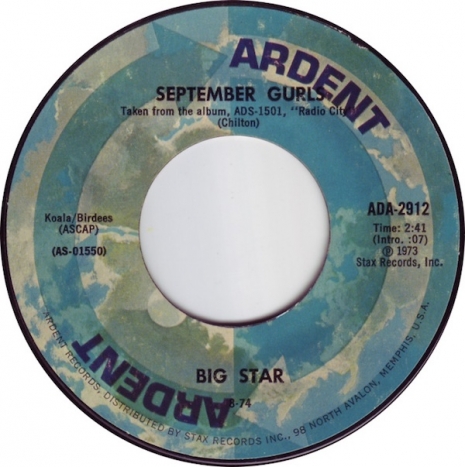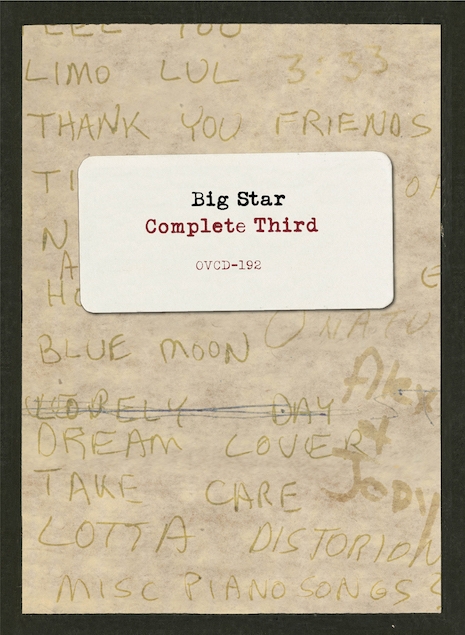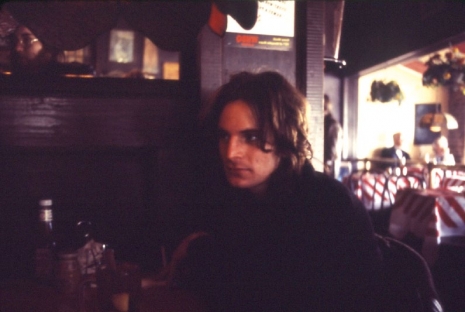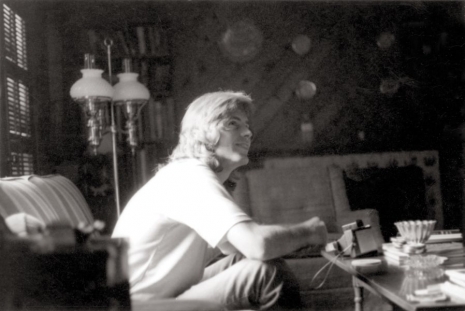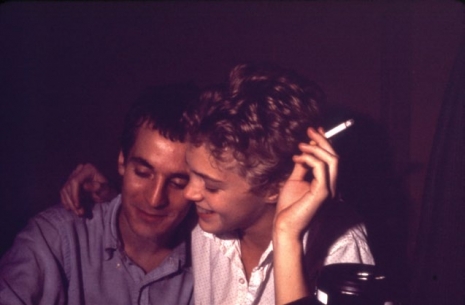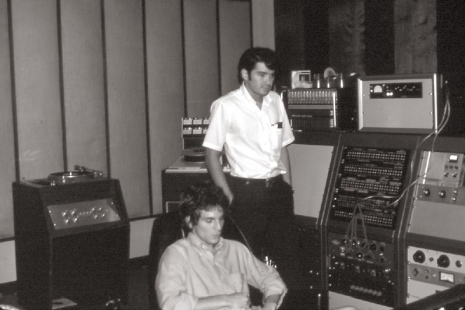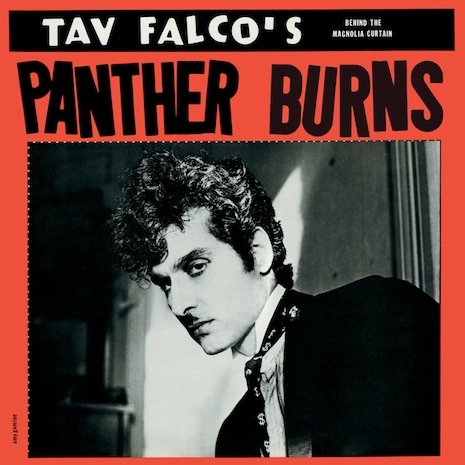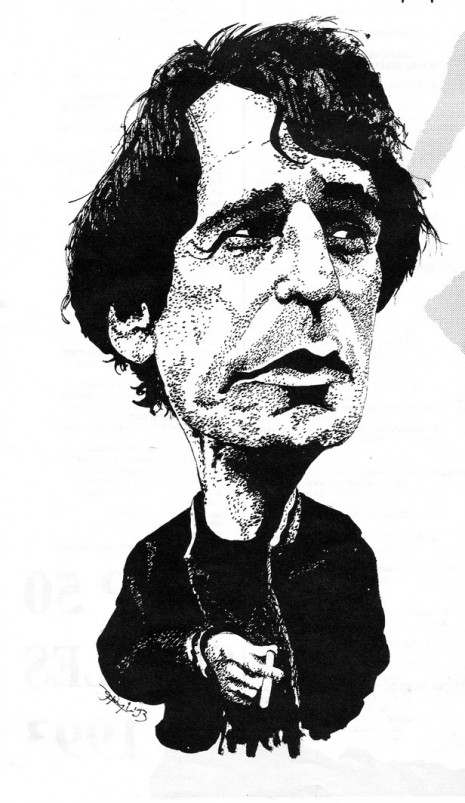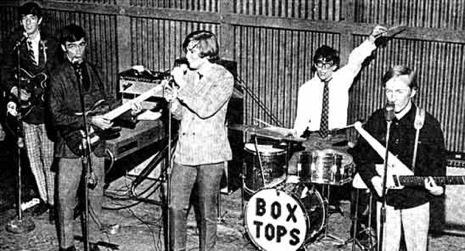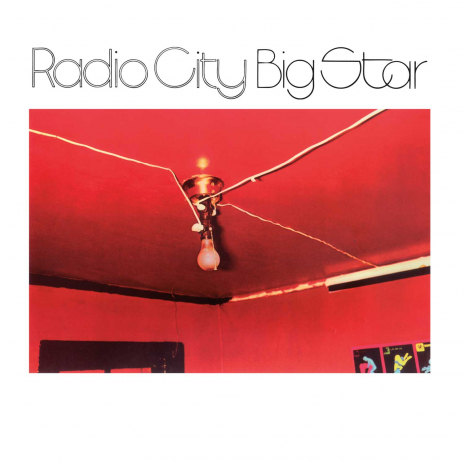
I’m the guest on the latest episode of the fabulous Discograffiti podcast discussing the work of ‘70s cult band, Big Star. Host Dave Gebroe and I recently had a splendid chat about the group, and the conversation was so epic it’s been divided into two parts. Check out the first installment at the conclusion of this post.
While I love all three of the Big Star albums released in the 1970s, I’ve always had a soft spot for Radio City. It’s the first one I bought, and I instantly fell for the tight-yet-loose, catchy rock ‘n’ roll embedded in the LP’s grooves. Years after becoming a huge fan of the band, I was surprised to discover that three of the songs on Radio City aren’t really Big Star at all.
The Dolby Fuckers were a studio project that consisted of Big Star’s Alex Chilton, drummer Richard Rosebrough, and bassist Danny Jones. Chilton and Rosebrough first met back when the former was fronting the Box Tops, and at the time of the recordings Rosebrough was working full-time as an engineer at Ardent Studios. Jones, a local musician, roomed with Chilton after Alex’s marriage fell apart.
There’s a lot of uncertainty surrounding the Dolby Fuckers tracks, but one thing is for sure—no one remembers, exactly, when they were recorded. It seems most likely that the sessions took place during the months-long stretch in 1973 when Big Star were inactive. After they played a series of January shows at Lafayette’s Music Room in Memphis, which were Big Star’s first public performances following the departure of Chris Bell in late 1972, the group effectively went on hiatus. They reconvened for a now legendary concert at the first and only Rock Writers’ Convention, held on May 25-26 at Lafayette’s. The band received such a positive response from notables like Lester Bangs, Nick Tosches, and a teenage Cameron Crowe, that they decided to keep Big Star going. In the fall of 1973, the group went into Ardent to cut what would become Radio City.
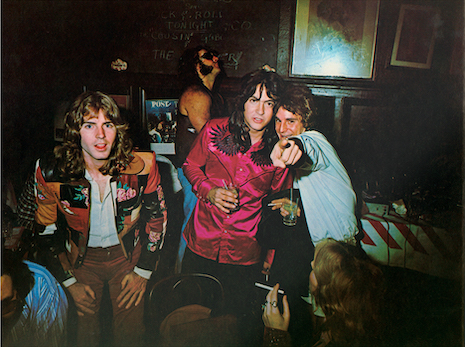
Big Star: Jody Stephens, Andy Hummel, and Alex Chilton in the William Eggleston photo that appears on the back cover of ‘Radio City.’
Here’s Richard Rosebrough on the wild late night sessions at Ardent that produced two of the songs that wound up on Radio City—“She’s a Mover” and “Mod Lang”:
The Dolby Fuckers were just some sessions we did. There was a period when I was hanging out with Alex and I may have been working all day, then we’d meet at the bar later that night. The bar was just two doors down from the studio and we’d go in the studio at 2 a.m. and just start going crazy and making these recordings…Alex at that point was starting to fall into chaos. It got to be anything could happen. (from Big Star’s Radio City (33 1/3))
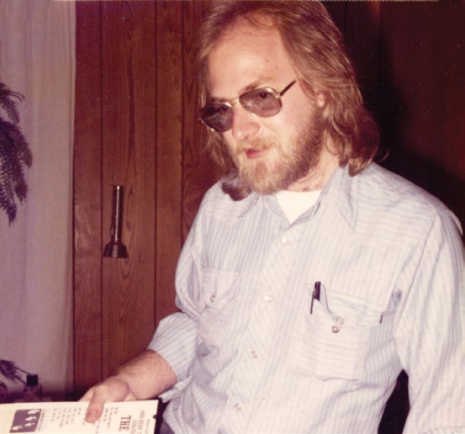
Richard Rosebrough.
A third Dolby Fuckers track, “What’s Goin’ Ahn,” was recorded during a formal Chilton session at Ardent.
Big Star recorded everything in their arsenal for Radio City, but it wasn’t enough for a full LP, so the Dolby Fuckers tracks were added to round out the record. The only information on the album related to the Chilton-led project is this credit: “Danny Jones and Richard Rosebrough played too.”
The British Invasion-sounding “She’s a Mover” is probably the oldest track on Radio City, possibly dating as far back as mid-to-late 1972. The looseness of the evening it was captured in is preserved in the recording, which ends with a jam. The odd feedback sounds came from waving a pair of headphones over a microphone. Andy Hummel later overdubbed a bass part, so he’s on the final version. Big Star took a stab at the song, but their rendering was shelved, as it was felt it didn’t have the spirit of the Dolby Fuckers’ take.
Chilton was reportedly so pleased with how “She’s a Mover” turned out that he booked a session at Ardent with Rosebrough and Jones. The result was the achingly lovely “What’s Goin’ Ahn.” The song was written by Hummel and Chilton in Alex’s bedroom, many moons before Radio City was conceived.
The rocker “Mod Lang,” credited to Chilton and Rosebrough, comes from another debaucherous evening session at Ardent. Its title is an abbreviation for “Modern Languages,” a Memphis State department. Chilton later admitted he stole the lyrics from a bunch of old blues songs.
Despite the fact that they aren’t actually Big Star songs, the Dolby Fuckers recordings fit seamlessly with the rest of the tracks, contributing to the album’s greatness.
And where to they get “Dolby Fuckers” from anyway? During one of the sessions, Alex, wondering what the point of Dolby Noise Reduction was, asked Richard, “What’s this Dolby fucker do?” Needing a way to label the recordings, that’s the name they wrote on the tape boxes.
As with #1 Record, Radio City (released in early 1974), wasn’t properly distributed, playing a large role in its failure. Their final LP, Third (a/k/a Sister Lovers), is comprised of material taken from a Chilton/Stephens project. Released years after it was recorded, it’s a Big Star album in name only.
On April 25th, 1993, Chilton and Stephens reunited, along with Jon Auer and Ken Stringfellow of the Posies, for the first Big Star show in nearly two decades. From that gig, here they are, playing the majestic Radio City track “September Gurls.”
Discograffiti is on Facebook, Twitter, Instagram, and Spotfiy.
Previously on Dangerous Minds:
Found Alex Chilton demo reveals final team-up with Big Star bandmate, Chris Bell (a DM premiere)
What’s Your Sign?: Big Star’s Alex Chilton and his obsession with astrology
William Eggleston’s photos of Big Star







